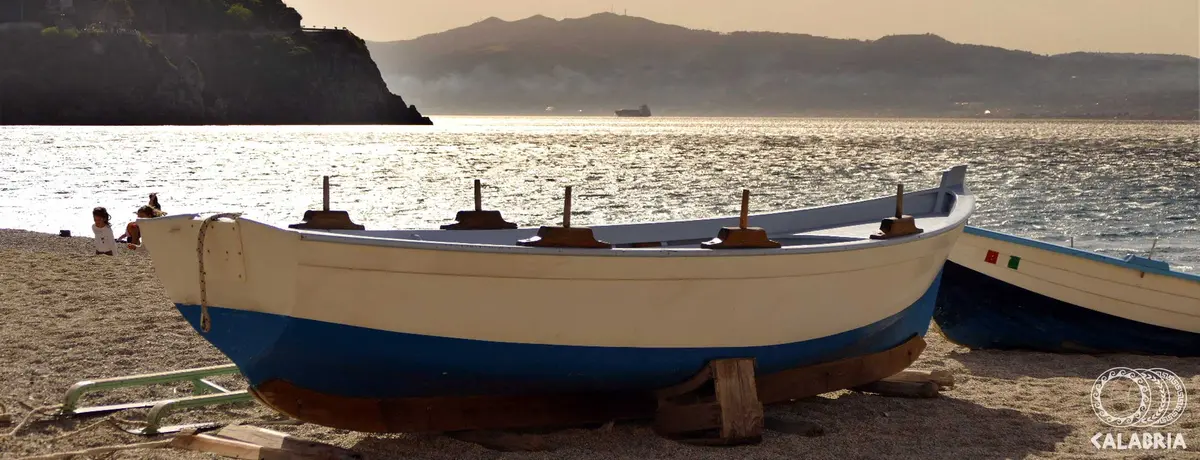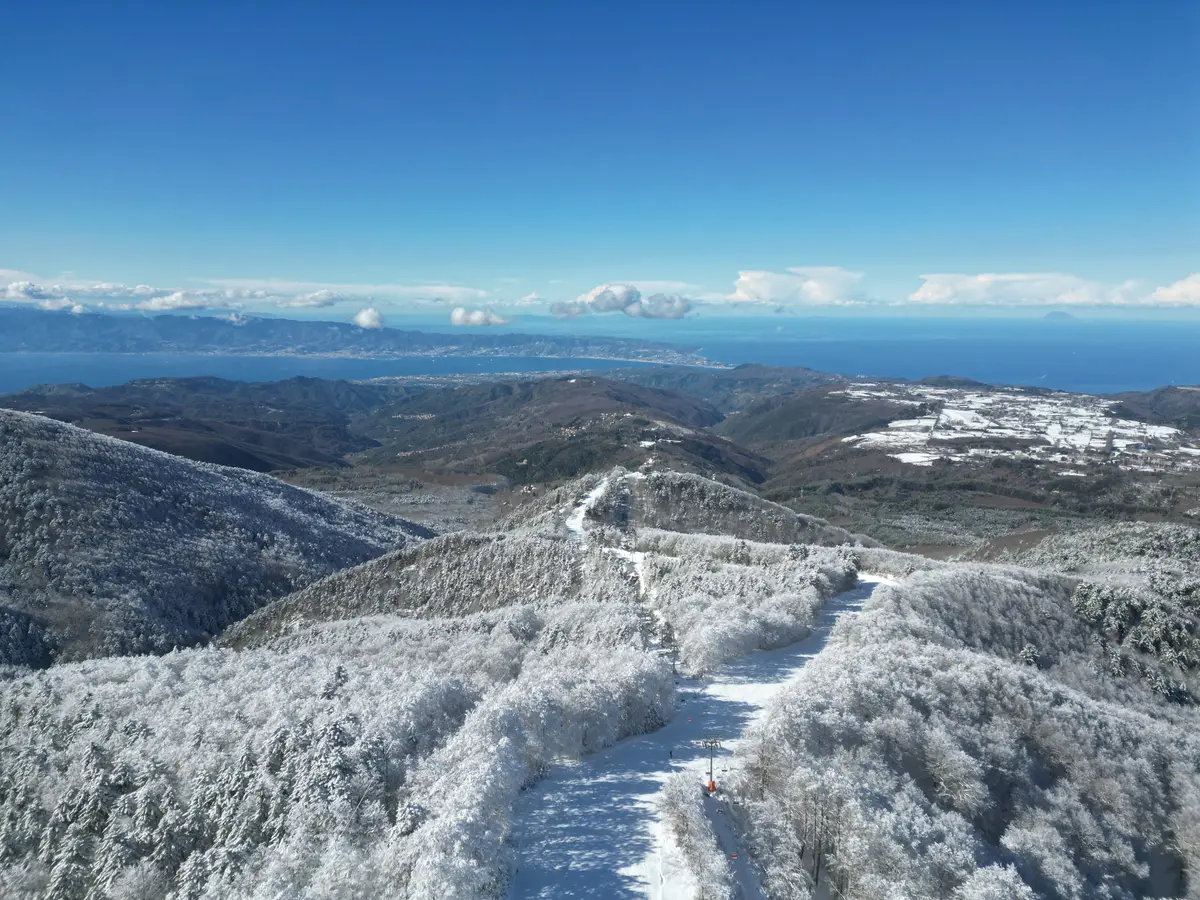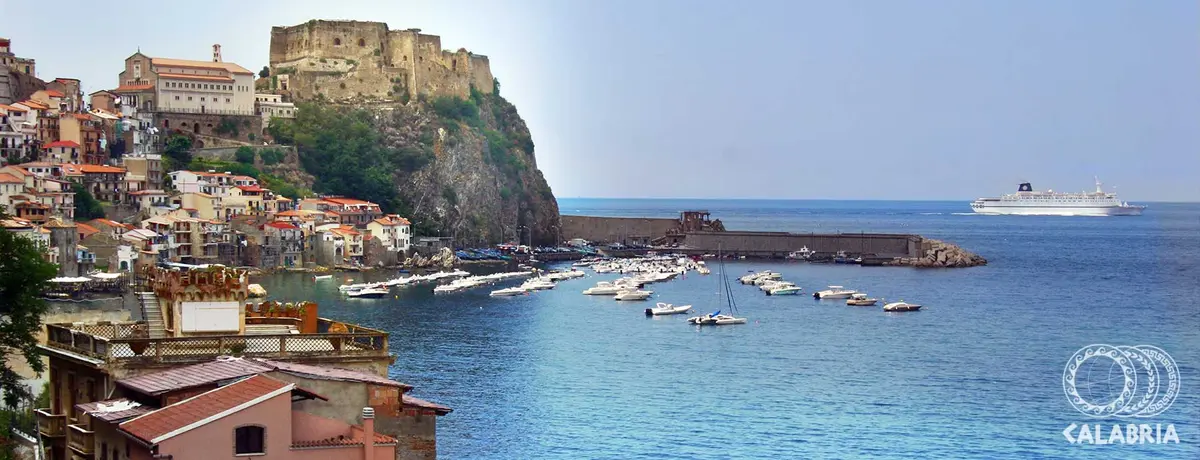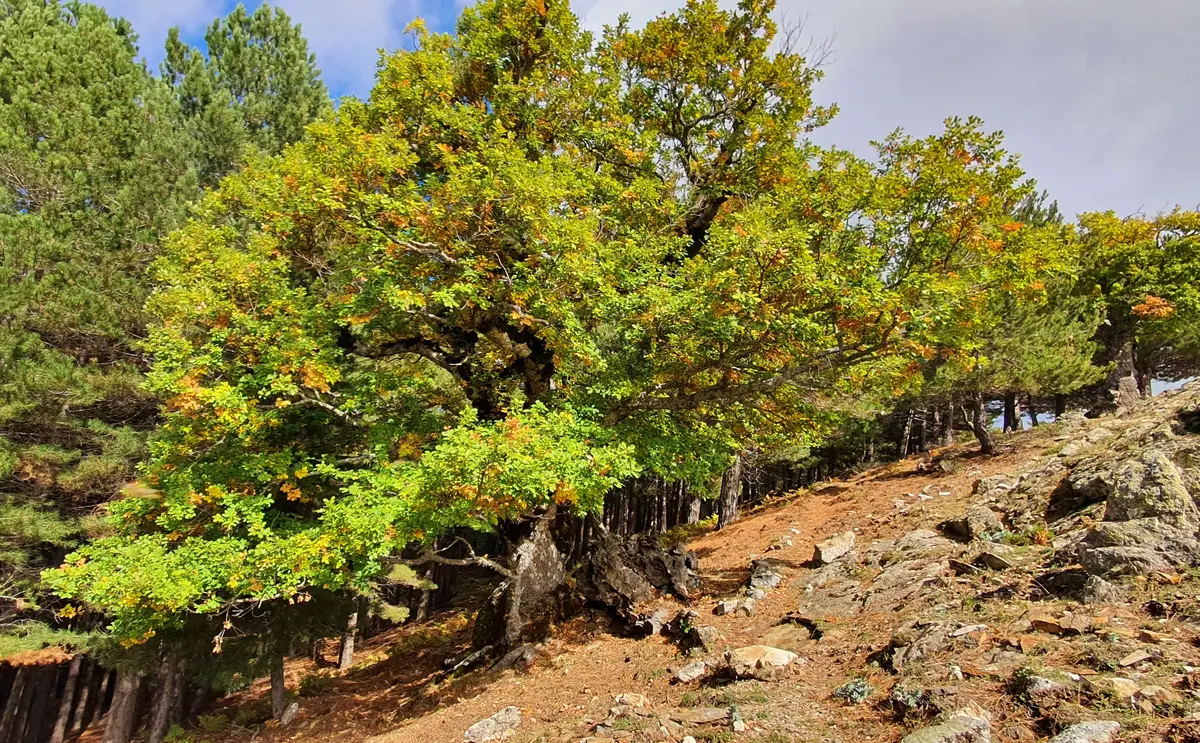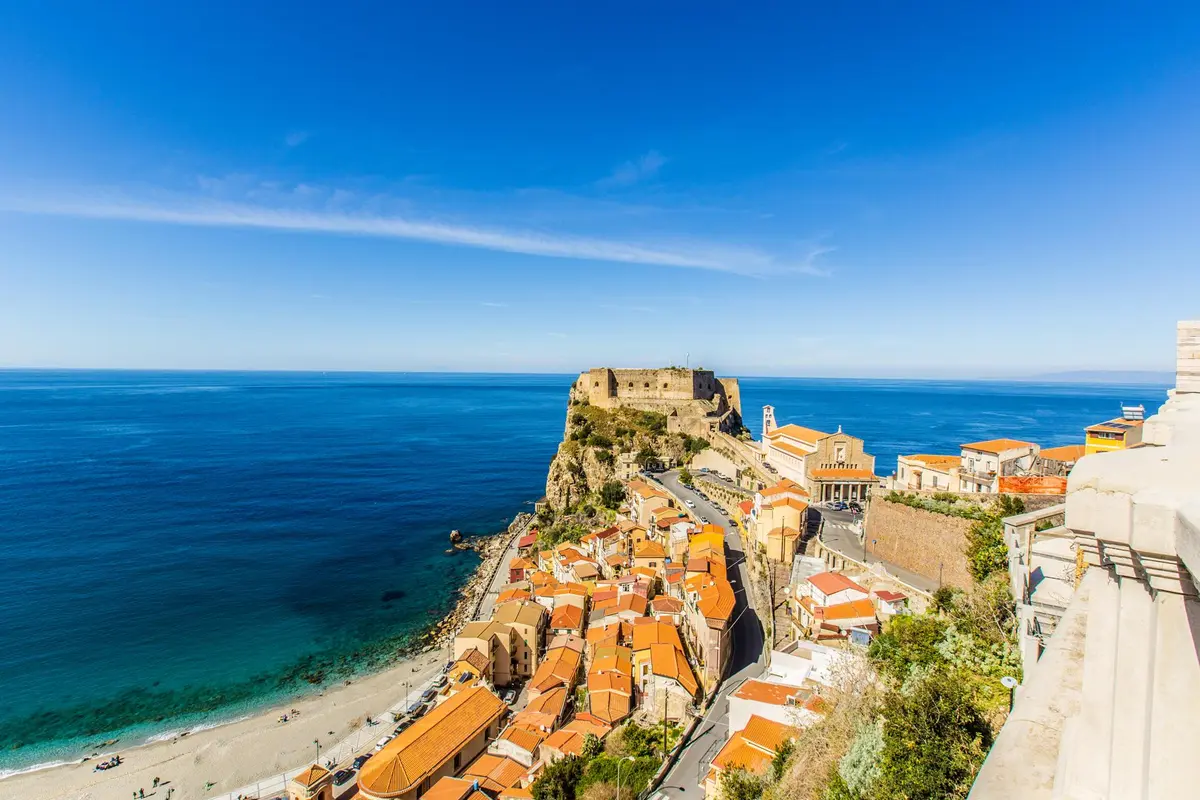Reggio Calabria
Reggio Calabria, walking along the most beautiful kilometre in Italy

City
Reggio Calabria - Gabbbbeeeer
A land of enchantment on the Strait of Messina, celebrated by 19th-century English travellers on the Grand Tour, Reggio Calabria stands out for its variety of works of art and itineraries.
In addition to being the ‘’City of the Bronzes‘’, due to the presence of the Riace Bronzes at the National Archaeological Museum, Reggio Calabria was the birthplace of Umberto Boccioni, one of the fathers of Futurism, and is also known as the ‘’City of the Fata Morgana‘’, in relation to the optical mirage generated between the two shores of the Strait (the ‘’Fata Morgana‘’ effect).
Reggio Calabria is typically Mediterranean, rich in palaces and Art Nouveau villas (post-earthquake 1908) to be admired along a shopping on Corso Garibaldi, embellished by the Falcomatà Seafront: what Gabriele D'Annunzio called the ‘’most beautiful kilometre in Italy‘’.
Among the most instagrammed sculptures in Calabria, Rabarama's works are arranged parallel to the seafront, along Via Marina, in an explosion of colours among the centuries-old ficus trees. Contemporary art lovers cannot miss, a little further on, the famous installation by sculptor Tresoldi, entitled Opera.
Places to visit along the main street include the Aragonese Castle, now a venue for events and temporary exhibitions, the Cathedral (aka, Basilica Metropolitana dell'Assunta) and the ‘’Francesco Cilea‘’ Theatre, one of the most beautiful theatres in Calabria, which also houses the precious Civic Art Gallery.
Also on the Corso is the Municipal Villa, a cool oasis in the centre of the city. For lovers of wild nature, we recommend an excursion to discover the Aspromonte National Park, a thousand-year-old green lung full of marked trails and UNESCO World Heritage Geo-sites.
When to visit Reggio Calabria? During the much-awaited ‘’Feast of the Madonna‘’ at the end of summer, with the procession of the miraculous icon along the main street and the vendors of typical street food.
"A Different Tale" exhibition: Reggio Calabria
The exhibition ‘’A Different Tale‘’ represents a unique cultural project, designed to enhance some of Calabria's most fascinating villages through the art of illustration. Sixteen talented Calabrian authors have reinterpreted places, stories and popular traditions linked to these villages, creating modern works full of personality.
Presented in Melbourne and New York in October 2024, the exhibition celebrates Calabrian identity in a dialogue between tradition and innovation, involving an international audience.
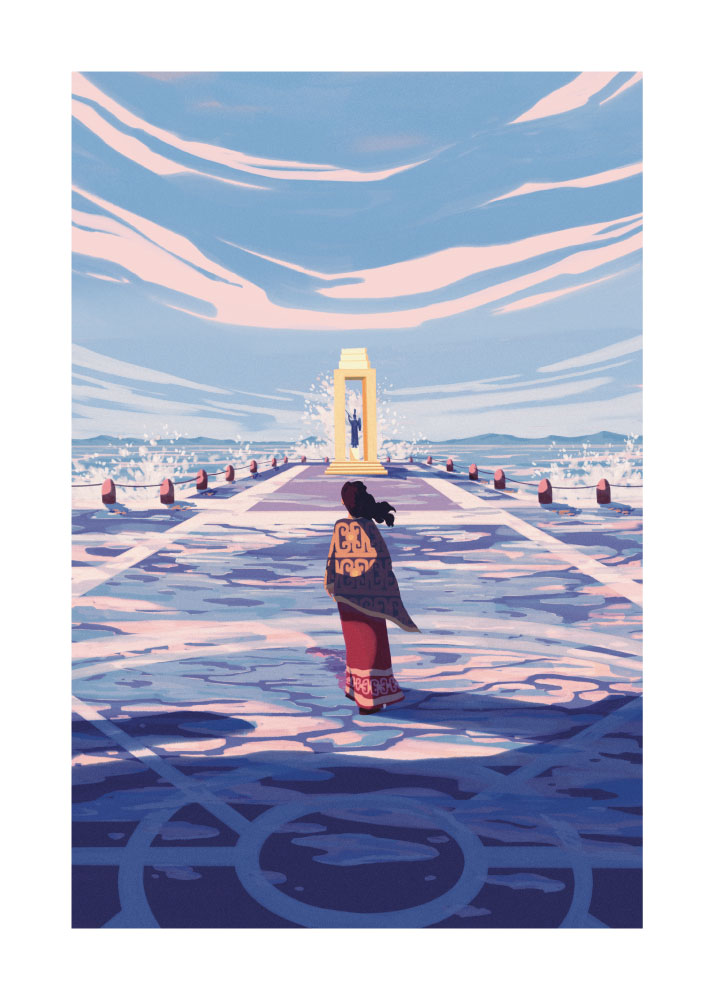
Luca Grassi created the illustration of the city of Reggio Calabria. Born in Urbino in 1997, after various professional experiences he devoted himself to illustration, attending the International School of Comics in Turin.
In 2023 he won the Fantasia Prize of the Cose Belle Festival and participated in the Artist Residency of the Cose Belle OFF in Tropea, launching his professional career. He collaborated with Corbaccio Editore, Autostrade per l'Italia, University of Bologna, Brillo Magazine, The Parliament, Latteria Sorrentina and LUZ Srl. In 2024 he won the first prize of the Sergio Fedriani Award. He lives in Fano.
Useful information
What to know about Reggio Calabria
Events
There are 23 events scheduled.
Where to Sleep
There are 343 available accommodations.
Places
There are 15 places to visit.
Travel Ideas
There are 40 travel ideas.
Infopoint Reggio di Calabria
Reggio di Calabria
No result
